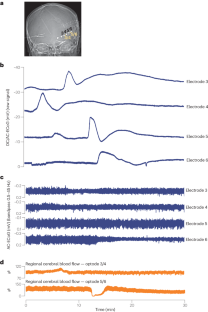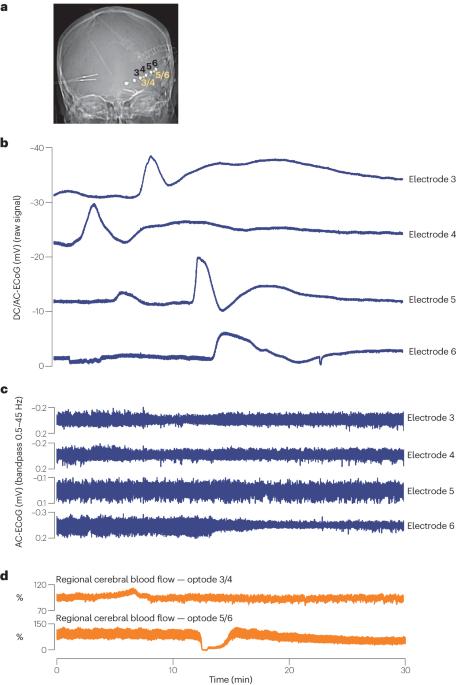从扩展性去极化到血脑屏障功能障碍:探索创伤性脑损伤的新型诊断和治疗方法
IF 28.2
1区 医学
Q1 CLINICAL NEUROLOGY
引用次数: 0
摘要
创伤性脑损伤(TBI)急性期的医疗干预措施取得了长足进步,提高了总体存活率。然而,创伤性脑损伤后,人们往往会面临持续、顽固和使人衰弱的长期并发症。在此,我们回顾了最近的文献,提出了从创伤性脑损伤到长期并发症的可能机制,尤其侧重于血脑屏障(BBB)受损的参与。我们讨论了扩散性去极化作为与微血管功能障碍和星形胶质细胞向炎症表型转化相关的关键病理机制的作用证据。最后,我们总结了新的预测和诊断生物标志物,并探讨了治疗创伤性脑损伤长期并发症的潜在治疗目标。本文章由计算机程序翻译,如有差异,请以英文原文为准。


From spreading depolarization to blood–brain barrier dysfunction: navigating traumatic brain injury for novel diagnosis and therapy
Considerable strides in medical interventions during the acute phase of traumatic brain injury (TBI) have brought improved overall survival rates. However, following TBI, people often face ongoing, persistent and debilitating long-term complications. Here, we review the recent literature to propose possible mechanisms that lead from TBI to long-term complications, focusing particularly on the involvement of a compromised blood–brain barrier (BBB). We discuss evidence for the role of spreading depolarization as a key pathological mechanism associated with microvascular dysfunction and the transformation of astrocytes to an inflammatory phenotype. Finally, we summarize new predictive and diagnostic biomarkers and explore potential therapeutic targets for treating long-term complications of TBI. Overall survival rates for traumatic brain injury have improved, but affected individuals often experience persistent and debilitating long-term complications. In this Review, the authors discuss recent evidence for the role of spreading depolarization in the initiation of long-term pathology in traumatic brain injury, including effects on blood–brain barrier dysfunction and neuroinflammation.
求助全文
通过发布文献求助,成功后即可免费获取论文全文。
去求助
来源期刊

Nature Reviews Neurology
医学-临床神经学
CiteScore
29.90
自引率
0.80%
发文量
138
审稿时长
6-12 weeks
期刊介绍:
Nature Reviews Neurology aims to be the premier source of reviews and commentaries for the scientific and clinical communities we serve. We want to provide an unparalleled service to authors, referees, and readers, and we work hard to maximize the usefulness and impact of each article. The journal publishes Research Highlights, Comments, News & Views, Reviews, Consensus Statements, and Perspectives relevant to researchers and clinicians working in the field of neurology. Our broad scope ensures that the work we publish reaches the widest possible audience. Our articles are authoritative, accessible, and enhanced with clearly understandable figures, tables, and other display items. This page gives more detail about the aims and scope of the journal.
 求助内容:
求助内容: 应助结果提醒方式:
应助结果提醒方式:


